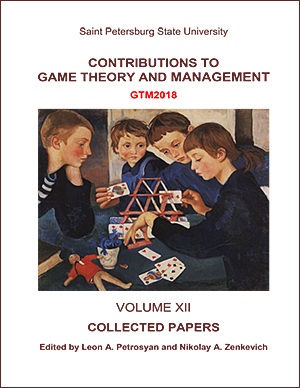Key Player and Key Leader in a Distribution Network Game
Abstract
Identification of positions which play a key role like the key player and key leader has attracted the interest of scholars in the organization studies, strategic management, and marketing literature. While most of the previous studies have paid attention to this issue in the social network analysis realm at the individual level, the organization level has remained underinvestigated especially when there is no room for linear mathematical analysis due to complexity of interactions among players. Therefore, this research addresses this issue to identify the key player and key leader in a real distribution network (DN) game consist of 31 distribution centers (DCs) in Iran which can assist managers for making a decision about investments and DN design tasks. For this purpose, after proposing a payoff function based on the contribution of players (DCs) in investment within the network to enhance their profit, we develop the formulation of the key leader and key player at organization level in the supply network context using Katz-Bonacich centrality and intercentrality, respectively. We have used Nash equilibrium and Stackelberg solution models on the fundament of game theory to calculate two indexes concerning key leader and key player problems. The results of this research can contribute to the literature to find leadership in the supply network level of analysis using game theory in complex situations.
Keywords:
distribution network game, key player, key leader, Katz-Bonacich centrality, intercentrality, Nash equilibrium, Stackelberg solution
Downloads
References
Downloads
Published
How to Cite
Issue
Section
License
Articles of "Contributions to Game Theory and Management" are open access distributed under the terms of the License Agreement with Saint Petersburg State University, which permits to the authors unrestricted distribution and self-archiving free of charge.




